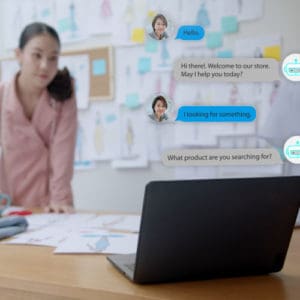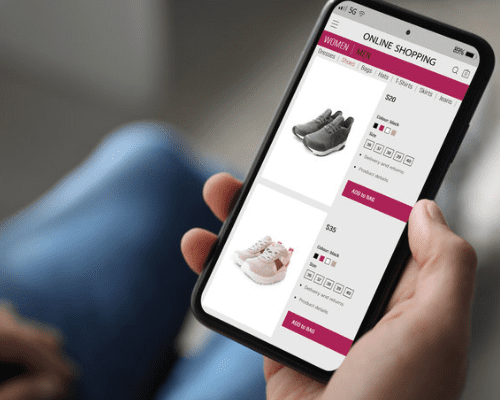Your business is always open. Although you may have set hours of operation, the large number of points of contact means that customers expect to engage with your brand at their convenience, and through their preferred channel. While an omni-channel approach is central to meeting the expectations of today’s consumer, it presents a series of tactical challenges for businesses eager to enhance their customer service experience.
As a company, you have to anticipate your customer’s preferences, whether it’s the channel they wish to use, or the amount of time they are willing to wait for a response on different channels. Although this is certainly challenging, it’s important to remember that customers aren’t unreasonable in their expectations. With that said, consumers today are increasingly less patient, which means that inadequate customer service can mean the loss of a loyal customer.
A strong tactical approach goes beyond simply providing an omni-channel service. It involves taking a highly personalised, as-automated-as-possible automated approach that resolves simple cases quickly, freeing up sales agents to dedicate more time to complex queries.
With so many new developments, how do you find the perfect mix of strategy and technology to provide an effective omni-channel experience?
Planning your omni-channel approach
A question of channels
One of the first questions small-to-mid sized businesses face is: do I concentrate on providing a good service on a few channels, or stretch my resources across many?
The answer, quite simply, is both. Just because you focus on multiple channels, does not mean that the time and resources you put into developing each should be equal. Taking a tactical approach means assessing the reach of the different channels, and planning appropriately with this in mind. Ask yourself, is the channel reach one-to-one, one-to-many or many-to-many? As this directly affects the volume of current and potential customers, the time and resources dedicated on each should be reflected in this.
During this process, it’s also important to consider your mobile strategy, not solely in terms of mobile-first channels like SMS, but also with regard to how your web-based services convert. If ignored, you risk severely limiting your many-to-many channel reach.
While this may seem like a daunting task, especially for smaller businesses, there are considerable and multifaceted tactical benefits in doing this.
More channels means better intelligence
The more channels you have, the better your intelligence, which means more benefits in the long-term. With increased insights, you can get a comprehensive reading into trends and pain points. This allows you to continually improve your service, as well as accurately forecasting future sales.
Implementation
Putting operations in place for each channel
Once you have decided on which channels to make available, and have allotted resources accordingly, you will need a unified solution to keep track of shared data. Failure to do so can bring about in anomalies in the customer journey. For example, without a unified solution, a single customer journey can potentially be tracked as separate interactions. As a customer moves between channels, they may be asked to repeat information or are offered the same unsatisfactory solutions on multiple occasions to their problem or query. This increases the likelihood of frustration and results in an inconsistent service.
Investing in a single software system helps combat this by enabling effective cross-channel communication to take place, meaning customer data travels across channels as they do. Innovative solutions like Zendesk’s omni-channel product suite usually address this. Aside from its cross-channel capabilities, technological solutions are important in order to make information easily available to customers. This provides them with a more frictionless experience when searching for simple queries.
Personalisation
Furthermore, incorporating technology like this into your processes helps provide a more personalised customer service. It enables the use of new and effective technological developments such as email marketing and customer chatbots. CRM integration is a key component needed to deliver personalisation, so this will be an area of focus.
The human touch
Technological solutions are an incredible resource that provide easy-to-access and personalised information. However, they should be a supplement, not a replacement, for the human aspect. At times, especially with more complicated queries, the customer will need to speak with a sales representative. In cases like this, over-automation of processes can lead to frustration when the specific query or complaint needs direct attention. For this reason, the solution should always be monitored, with the sales agent engaging as appropriate.
Although it takes careful planning and astute distribution of available resources, having a strong omni-channel strategy helps companies achieve tactical excellence in customer service.
With proper implementation, this can result in increased sales opportunities through new leads, as well as with existing customers. Furthermore, a more streamlined, holistic and frictionless service will produce higher levels of customer satisfaction. If sustained and improved over a period of time, this increase in sales and customer loyalty will have a direct and tangible result on the long-term growth of your business.










